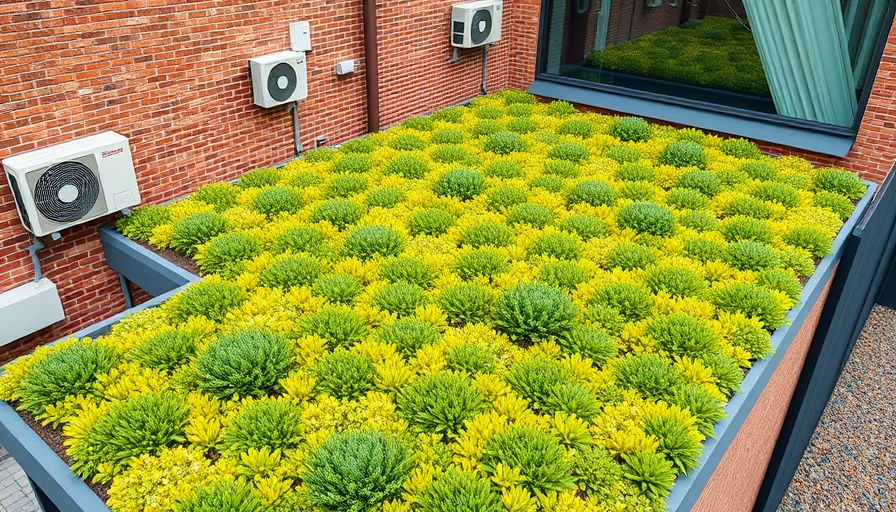
Investing in a Sustainable Future: Debunking Common Myths
When it comes to investing, many may still envision chaotic trading floors and high-risk gambles. But it’s time to shift this outdated perspective. Investing today is not only about financial growth—it's a vehicle for building a sustainable future. Contrary to popular belief, investing is not synonymous with gambling. With a well-diversified portfolio and a long-term view, individuals can significantly mitigate risks while cultivating wealth.
The Power of Compound Interest and Early Investment
Albert Einstein famously described compound interest as the eighth wonder of the world, and for good reason. This phenomenon allows invested money to earn returns, which in turn generate additional returns. The sooner one begins to invest, even modest amounts, the more profound the effects of compound interest will be over time. Establishing a separate investment account can facilitate systematic growth, such as saving for retirement or funding a child’s education. Each contribution adds to a secure financial foundation.
Diving into Sustainable Investing Options
Modern investment accounts also provide the opportunity to invest sustainably. Options are available, such as funds focused on renewable energy, clean technology, and businesses that score high on ESG (Environment, Social, Governance) criteria. This strategy aligns personal financial goals with a commitment to social and environmental responsibility. Not only can sustainability contribute to personal wealth, but it also builds a better world.
Automation: A Simplified Path to Financial Health
One of the standout features of contemporary investment accounts is the ability to automate monthly contributions. This practice, known as periodic investing, alleviates the worry over trying to time the market perfectly—something that rarely works out for individual investors. By committing to regular, automatic investment, individuals can remove emotional fluctuations from their investing strategy, instead focusing on long-term growth. This consistent approach can lead to a rewarding sense of achievement, grounded in discipline.
Taking Control of Your Financial Future Starts Today
Establishing an investment account is not a miraculous fix; rather, it’s a robust mechanism for those seeking financial independence. By acting sooner rather than later, contributing regularly, and choosing sustainable investment options, anyone can set a course towards a future where money works for them and not the other way around. As today is the best day to start, consider reaching out to a financial advisor or exploring investment platforms that align with both your fiscal and ethical goals.
This approach to investing fosters financial well-being, but it also allows for significant contributions towards societal good. With informed decision-making and sustainable practices, you can transform your financial future and positively impact the world.
 Rij toevoegen
Rij toevoegen






Write A Comment